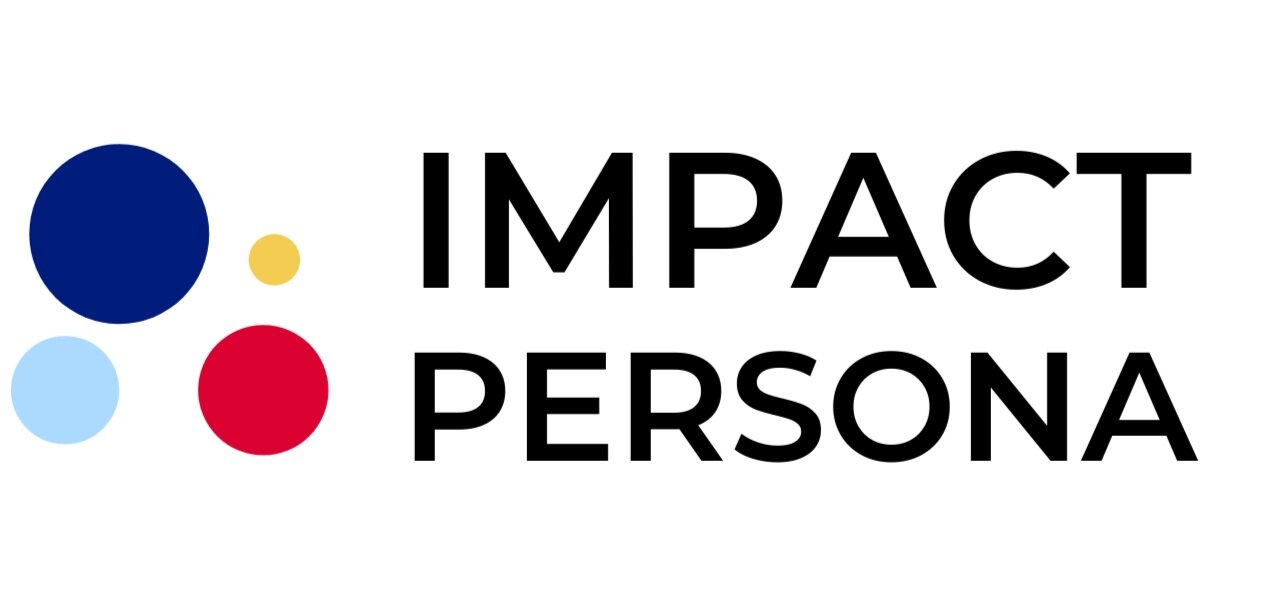Why Your Team Isn’t Engaged (and How to Fix It)
Be honest - have you ever sat through a training session where your mind checked out completely? Instead of focusing, you’re mentally planning dinner or sneakily texting your co-worker, "This training is draining the life out of me!" Sound familiar?
Some of the most popular training sessions to mentally “check out” of could be:
Onboarding new employees
Rolling out a new piece of technology or software
Leadership development programs
Sales training
Compliance & safety training
Customer Service training
And so many more!
You can picture it, can’t you? The presenter ramble on for hours, the slides are packed with text, and you’re left wondering, “Why is this so hard to follow?”
The truth is, a one-size-fits-all approach to learning doesn’t just bore people. It can actually hold them back.
Imagine this. Liz is a go-getter who loves taking charge (a classic Dominant or D-style personality). She’s stuck in a training session that’s all about theory and no action. She’s itching to get started but instead has to sit through endless slides.
Meanwhile, Rob, a detail-oriented planner (a Conscientious or C-style personality), is in a fast-paced workshop where the trainer skips over the specifics. He’s left frustrated, trying to piece together the missing details.
And then there’s Priya, a team player who thrives on collaboration (a Steady or S-style personality), who’s thrown into a workshop that’s fast-paced and participants are placed into competitive activities. She feels overwhelmed and disengaged. Does this sound familiar?
When we ignore how people prefer to learn, we’re not just wasting time. We’re missing out on the chance to help our teams grow. That’s where DISC profiling comes in. By understanding the four main DISC styles:
Dominance (D);
Influence (I);
Steadiness (S); and
Conscientiousness (C)
We can create learning experiences that actually work for everyone.
Dominance (D-style): Keep It Fast and Action-Packed
D-styles are all about results. They want to get to the point, make decisions, and see immediate outcomes. If you’re training a D-style, skip the fluff and focus on the “what” and “how.” For example, instead of a two-hour lecture on customer service, give them a quick rundown of key strategies and then throw them into a role-play scenario. Let them practice handling a difficult customer in real-time. They’ll learn by doing, not by listening.
Influence (I-style): Make It Fun and Interactive
I-styles are the interactors and cheerleaders of the workplace. They learn best when they can share ideas, ask questions, and bounce thoughts off others. If you’re running a workshop for I-styles, ditch the solo tasks and opt for group activities. For instance, during a brainstorming session, let them lead a team discussion on creative solutions to a problem. They’ll thrive in an environment where they can talk, laugh, and collaborate.
Steadiness (S-style): Create a Safe and Supportive Space
S-styles value stability and teamwork. They prefer learning environments where they can take their time, ask questions, and feel supported. If you’re training an S-style, avoid putting them on the spot or rushing them. Instead, use a mentorship approach where they can learn at their own pace with the guidance of a trusted colleague. For example, if they’re learning a new software tool, pair them with a patient mentor who can walk them through each step.
Conscientiousness (C-style): Dive Into the Details
C-styles are the analysts. They want all the facts, figures, and fine print before they feel confident. If you’re teaching a C-style, give them the nitty-gritty. For example, if you’re introducing a new project management system, provide them with detailed manuals, case studies, and time to explore the tool on their own. They’ll appreciate the chance to dig deep and understand how everything works.
Real-Life Scenarios That Work
Imagine your team is learning a new customer relationship management (CRM) system. Here’s how you could tailor the training:
For the D-styles, start with a quick demo of the key features, then let them jump in and try it out.
For the I-styles, host a group session where they can explore the system together, sharing tips and tricks as they go.
For the S-styles, offer one-on-one coaching to help them build confidence step by step.
For the C-styles, provide detailed documentation and let them explore the system at their own pace.
By adapting your approach to suit different learning styles, you’ll not only make training more effective, you’ll also show your team that you value their individuality. And when people feel understood, they’re more likely to engage, retain information, and apply what they’ve learned.
So, next time you’re planning a training session, ask yourself, “How can I make this work for everyone?”
Whether it’s a hands-on workshop for the D-styles, a group discussion for the I-styles, a mentorship program for the S-styles, or a deep dive for the C-styles, there’s a way to make learning stick.
Do you know your own DISC Style & Your Team’s DISC Style? Want to find out? Get a preview of what DISC is all about or learn more about DISC here or book a call with Charissa if you want to buy your DISC reports in bulk at a discounted rate.
#WorkplaceLearning #DISCProfiling #LearningStyles #TeamDevelopment #Leadership
